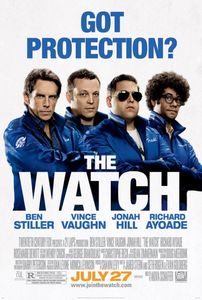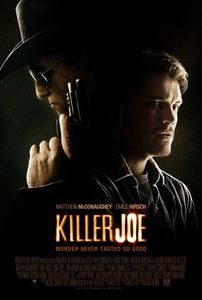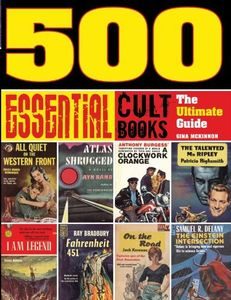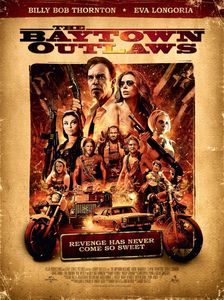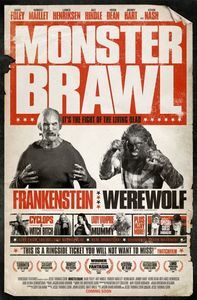Sterling, 2010, 384 pages, C$20.00 pb, ISBN 978-1-402-77485-0
If you’ve come here for a detailed, well-argued review of Gina McKinnon’s 500 Essential Cult Books: The Ultimate Guide, then prepare to be disappointed, because I’m going to use the book as an excuse to blather on The State of My Reading Habits circa 2013.
A bit of a recap may be in order: For most of my life, I’ve considered myself at the far end of the reading bell-curve. I scoffed at those 50-books-a-year blogging challenges: At my peak, I could knock off between 250 and 300 books per year and review a hundred of them thanks to a quiet single life and a lengthy bus commute. That gradually stopped once I got married, became a father and moved dramatically closer to my place of employment. As a result, I’m going to close 2013 having read fewer than thirty books –most of those late at night, on a handheld device while sitting in the smallest room of the house. Things change!
So you can imagine my mixture of delight and bitterness at receiving, as a birthday gift from my sister, 500 Essential Cult Books: The Ultimate Guide. Oh sure: Rub some salt in those wounds, won’t you? I’m already complaining that I read a tenth of what I read before, and now here are more reading suggestions? Well-played, sister. Enjoy your pre-mothering days. We’ll talk again in a few years.
My first impulse was to throw the book into one of the dozen boxes where my “to-read” pile has come to roost following The Great Household Move of 2013. But 500 Essential Cult Books had a few things going for it: An attractive visual design, bite-sized text snippets describing the titular 500 books, and an appeal to my inner bean-counter: How many of those essential cult books had I actually read? (As it turns out: roughly 111, although I’d like to claim half-credit for roughly 30 more due to having either seen the movie or read abridged versions.)
So I packed the book in my work bag and resolved to read a little bit of it every day at the office while my workstation was booting up, or during those inevitable downtimes where I was stuck between a few minutes to waste and a good book at hand. It took two months to make it from one cover to another, but I did… and that feels like a victory in itself.
The most obvious comment about 500 Essential Cult Books is that McKinnon’s definition of a cult book is quite expansive, in both the best and not-so-best sense. If you’re particularly picky, describing The Da Vinci Code as a cult book will strike you as nonsense: How can a massively successful book, mainly read by people who hadn’t picked up a suspense novel in years, even qualify as cult? But McKinnon’s argument is solid: the novel has inspired an unusual devotion amongst its readership, leading to countless spinoff books, tourism tours and passionate commentary –not to mention the movie adaptation. (As an aside; a significant proportion of those 500 cult books have been adapted to the big screen –a clear indicator of a readership passionate enough to risk the vagaries of moviemaking) So it goes –if you prefer, call McKinnon’s book “500 books that inspired a lot of people” and drop the “cult” as inconvenient shorthand.
Otherwise, there’s a lot to like about the breadth and variety of the books that McKinnon has selected. She gets to pick works originally written in other languages than English, has no trouble mixing fiction and non-fiction, seems to enjoy graphic novels as much as I do, and subdivides the book in categories (“Incredible Worlds”, “Thrilling Tales”, “Inner Spirits”) that are more suggestive than restrictive. Each book gets a plot summary, a critical commentary and further reading suggestions, and if it all feels a bit short, her list of 500 titles is broad enough to reach anyone and everyone. If nothing else, it’s a far more entertaining set of “read this” recommendations than yet another attempt at canon-making: McKinnon is positively joyous in suggesting the kind of oddball and unusual titles that earn devotion rather than mere respect. So it is that as I made my way through the book, my nods at “yeah, I read that and it deserves to be on the list” were followed by a number of “Oooh, that sounds interesting and I want to read that”.
That last, obviously, is a harder sell now than it used to be: long gone are the days where I could just order a dozen books on Amazon and dispose of them in a few weeks, or embark on a year-long massive reading project. I have bought fewer than half a dozen books for myself in 2013, and given the sheer amount of stuff to be done around the house alongside an active toddler, I’m not foreseeing 2014 as being any less punishing than 2013 in terms of free time left for reading.
But I am exactly where I want to be in my life, and far wiser avid readers have assured me that it’s normal and expected for everything else to pause while raising young children. To risk an old cliché, I’ve learned quite a bit more this year caring for a little person than I’ve gotten from the books I would have read otherwise, and there’s no way I’d be tempted to trade the experience. Those 500 books will still be there, just as intact and fascinating, once I get a bit more time; isn’t that the best thing about reading?
